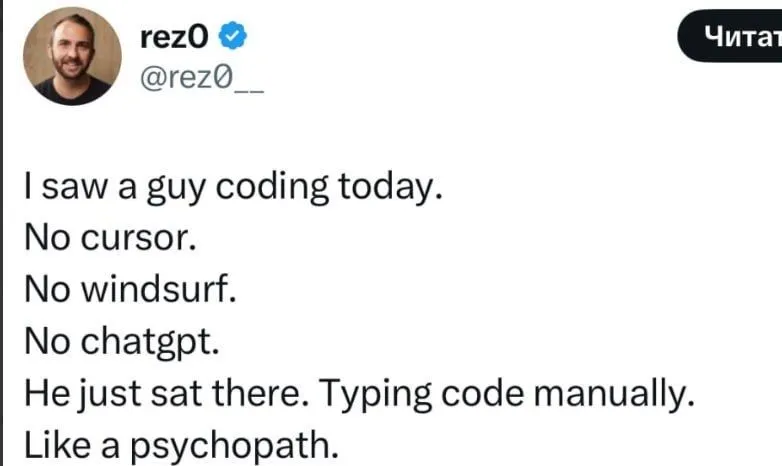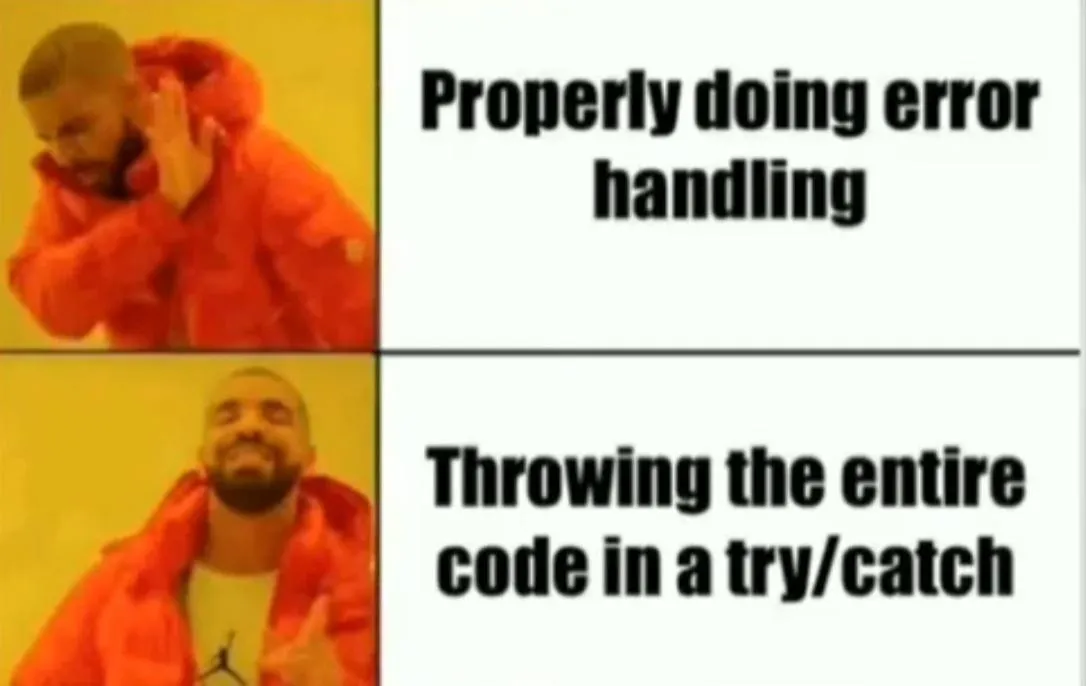Building a Full-Stack Blog with Cursor
I’m a frontend developer who’s still a bit uncomfortable with the backend. Even when building my previous blog, I mostly handled parts requiring backend knowledge indirectly, like using giscus for the comment feature.
However, I felt the need for my own space where I could freely display content, and for that, I needed a blog backend. This was because while running my developer Instagram account and occasionally posting development content, I faced many limitations due to it being an image/video-centric platform.
As this need for a blog with a backend arose, AI editors like the recently emerged Cursor showed me the potential for a full-stack blog. After all, now there’s a backend developer inside the editor I can ask various things.

So, I decided to take on the challenge. I dedicated two weekends to completing the blog, and I want to share that process.
Implementing What You Know with Cursor
It was quite interesting how differently I utilized Cursor when writing familiar frontend code versus unfamiliar backend code.
For the frontend, I mainly tasked Cursor with the tedious parts. For example, it did a pretty good job creating non-complex components like the comment viewer. The biggest advantage was having Cursor handle tasks I already knew how to do. Thanks to this, I could focus on the details.
For instance, Cursor adequately implemented common error handling like network errors or non-logged-in states. This allowed me to spend more time thinking about how to structure the error handlers and what messages to show the user, rather than just the error handling code itself (try-catch, if…).

Did you know that even basic components like modals are hard to build correctly
if you consider accessibility, focus handling, etc.? That’s why I wanted to try
radix-ui, but I was too lazy to study it, so I
asked Cursor! So proud. It created the comment deletion confirmation modal
quite well. You probably shouldn’t do this in a professional setting, but if
there’s a technology you want to try in a side project and you don’t feel up to
reading the documentation, this seems like a good way to take the first step.
Another point to note is that when I made abstract and large requests like ‘implement the comment feature,’ Cursor often churned out a whole bunch of unintended code. Therefore, I had to work by breaking down the requirements into smaller, component-level tasks. This also made code review much easier. Plus, you can save tokens that would otherwise be wasted on nonsensical output.
While it used to feel like coding alone, using Cursor felt like doing a code review, even though it was a solo side project.
Implementing What You Don’t Know with Cursor
Since many backend tasks were unfamiliar to me, I used Cursor by explaining the features and requesting it to write the corresponding queries or server action code. For example, when I described, “I want to manage comments per user, please create a table to store this,” it generated appropriate table schemas and queries.
Occasionally, when creating tables, it included fields unnecessary for my blog, so I requested modifications. Honestly, they were fields that would likely be included in a full-fledged service, but I wanted to keep things as simple as possible, so I removed them.

(Developing with a backend certainly makes server actions convenient. It would have been more tedious if I had to create all the REST endpoints…)
Although I roughly understood concepts like primary and foreign keys, allowing me to grasp the table design, I still wasn’t sure how DB functions or triggers worked. I realized that if things like this accumulate, the project could become incomprehensible and unmanageable. Thus, I thought it would be crucial to properly encapsulate, manage, and study these parts.
Since I used Supabase, security settings like RLS (Row Level Security) also needed configuration. Cursor automatically generated this code, which was extremely convenient. I had heard that ‘RLS setup is cumbersome’ is a downside of Supabase, but thanks to Cursor, I managed to get through it without much stress.
Reflections
Overall, it feels like my role was to handle the details in frontend development, while in backend development, it was to verify if Cursor correctly understood the requirements.
I strongly felt that “knowing what is possible” is crucial for creating good results. Since I’m not very familiar with the backend, there were times when Cursor wrote strange or inefficient code, and I couldn’t even notice it.
For example, for the emoji reaction feature, I initially implemented it using server actions by fetching the count (request 1) and then incrementing the count (request 2). However, by utilizing a DB function, the database handles this operation, reducing it to a single request. I only realized this later and optimized it. I believe this issue arises because Cursor, not knowing the service’s specific requirements as well as I do, has to write code that generally works well.
I also felt that optimization requires both an understanding of the requirements and technical understanding. In this instance, I knew the requirements, and Cursor knew the technology, but I realized that backend study is essential to use Cursor more proactively and efficiently in the future.
Lastly, troubleshooting related to environment setup, like Supabase configuration or GitHub Auth, was difficult to resolve solely with Cursor. It would be great if AI that understands the entire development environment becomes commercially available soon.
You need to login to leave a comment.